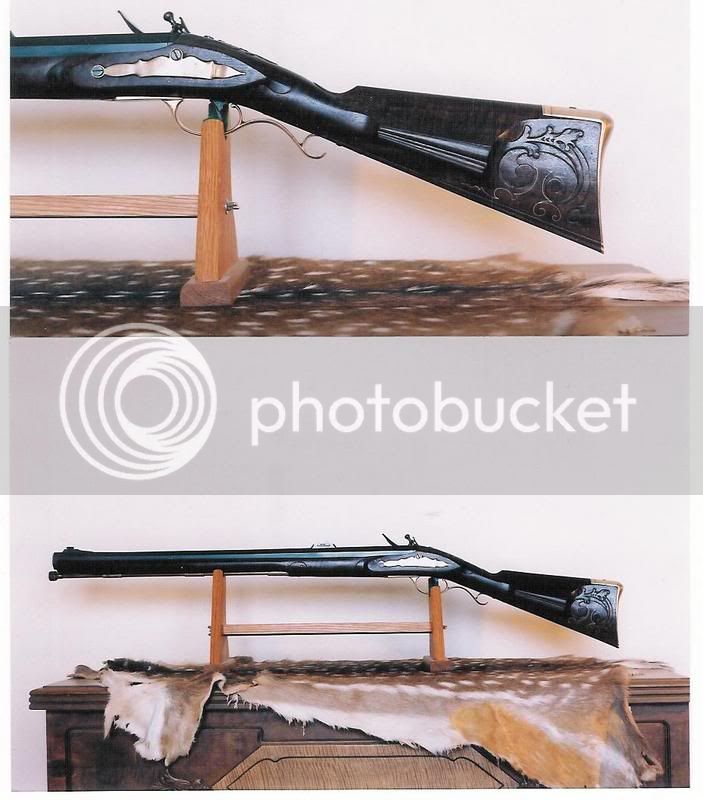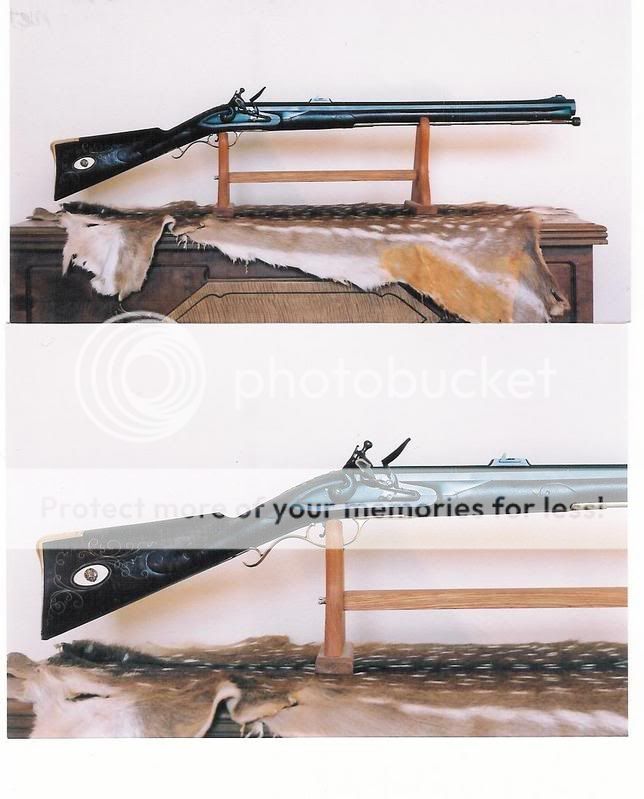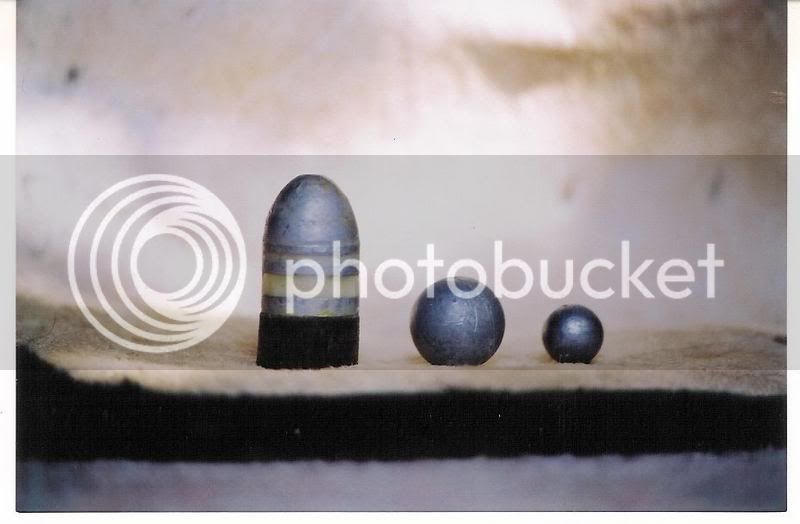Guest
Hi Guys,
I have an 8 bore Jaeger on its way to me and I want to know where and when if ever where these used? I know Africa of course but what time period? If I am going to get this on a show I want to make sure I have some answers in case I am asked the question.
Thanks for any help in my research!
Billy
I have an 8 bore Jaeger on its way to me and I want to know where and when if ever where these used? I know Africa of course but what time period? If I am going to get this on a show I want to make sure I have some answers in case I am asked the question.
Thanks for any help in my research!
Billy








